Traveling to countries that don’t (necessarily) celebrate Christmas is fast becoming my new tradition. Last year I was in Georgia, and this year I made plans months beforehand to travel to India. I spent the first half of my trip traveling with a friend in the north (New Delhi, Agra, Jaipur, Udaipur) before spending the second half by myself in the south (Mumbai, Goa, Bengaluru).
If the first three things you think of when you think of India are traffic, people, and pollution (and of course the Taj Mahal!), you are not alone. And indeed, those are the first three things that greet you when you arrive in India, and the three things that were the hardest to get used to. People, everywhere. Pushing in lines, a complete lack of respect for lines in general—I got quite good at that myself—and having to take tuk tuks or Ubers everywhere, because sites were too far away from each other to comfortably walk. That being said, India is also immensely gorgeous. Stunning architecture, beautiful landscapes, friendly people, and delicious food—as long as you can handle a little bit of spice, even at breakfast!
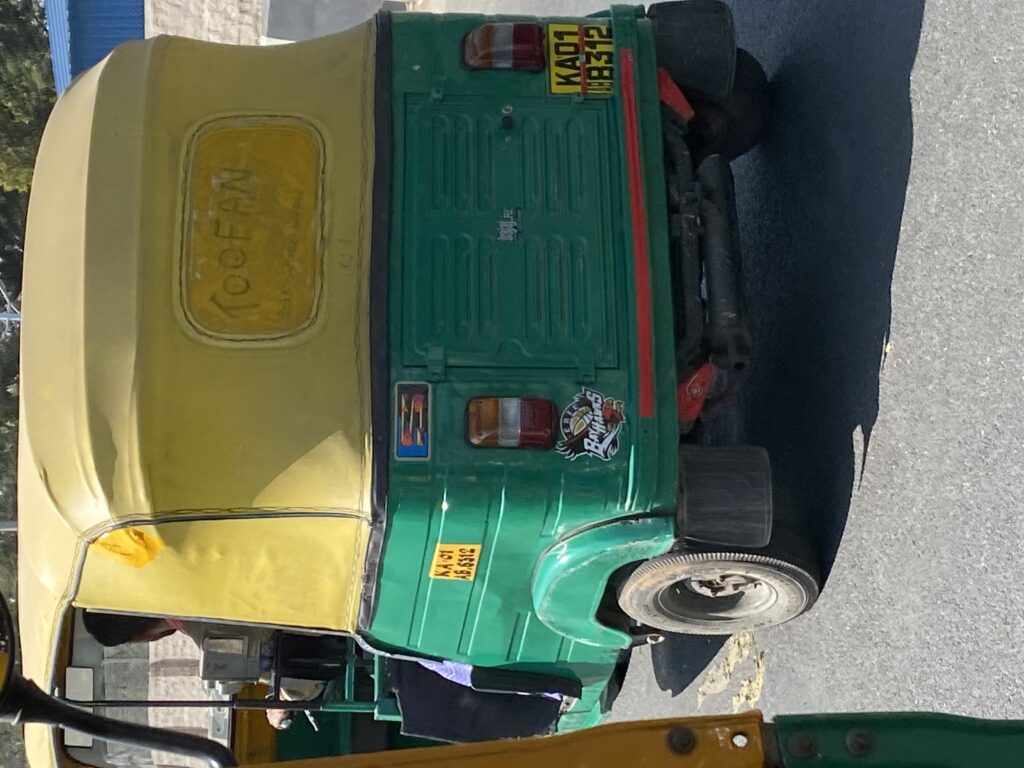
There is so, so much to see and do in India, obviously more than one person can see in a three-week trip, so I am going to list the things I did get to see and then a couple things that I would have been able to see if there were more time or energy.
My first stop was New Delhi, one of the biggest cities in the world, with a population of 15.2 million. I had 3 days there, which while not enough time (spoiler, there is never enough time), was enough to see the major sites:
• India Gate
• Qutab Minar Monument, a World Heritage site
• National Museum
• the President’s office, Rashtrapati Bhavan
• Red fort
• Akshardam, a Hindu temple
• Lotus temple
• Jama Masjid, the biggest mosque in India
• Shri Digambar Jain lal mandir, a Jain temple
• Chandni Chowk, a colorful market
• Connaught place, a neighborhood full of restaurants
• Indira Gandhi Memorial Museum
• Raj Ghat, Indira Gandhi’s final resting place

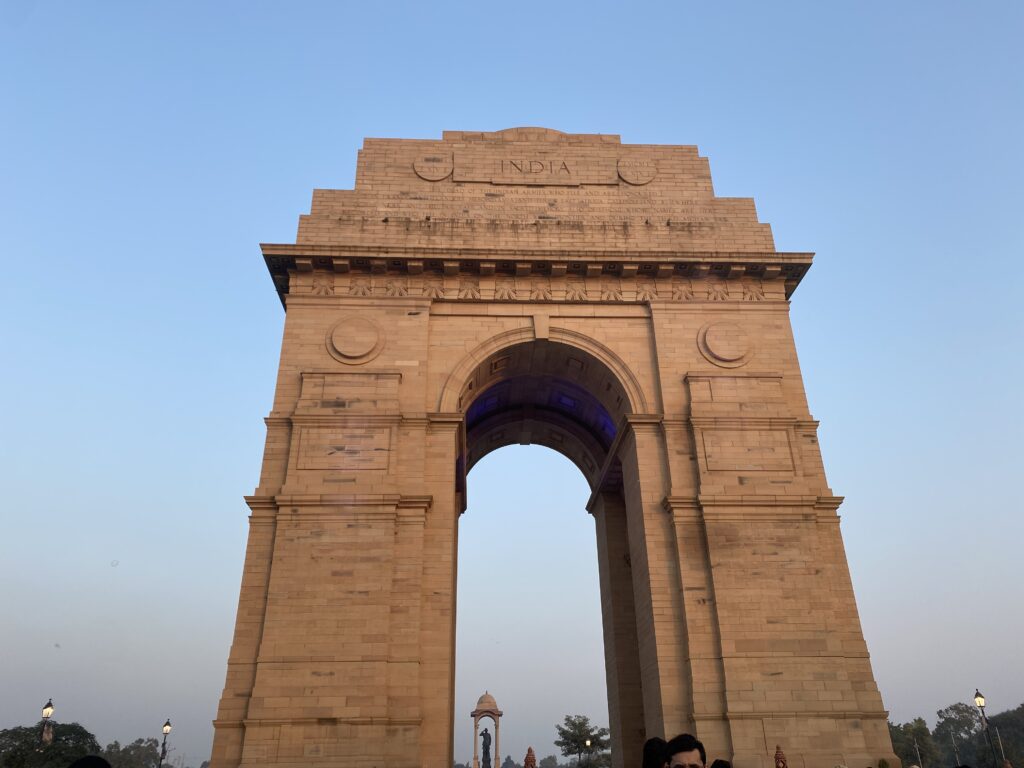

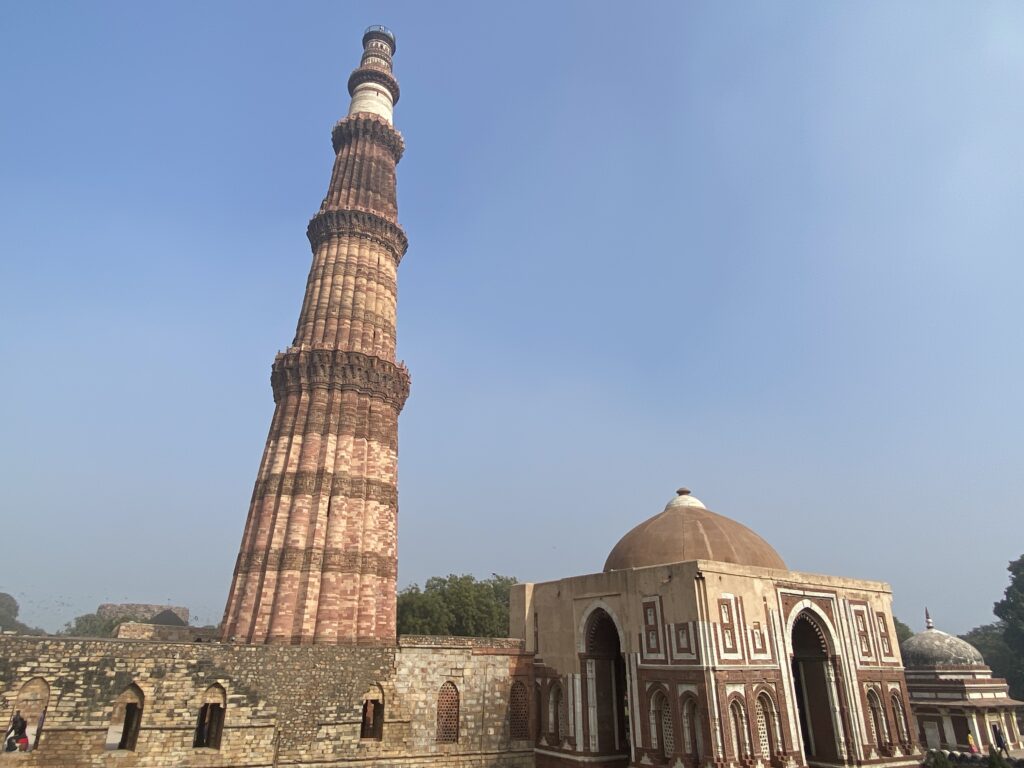
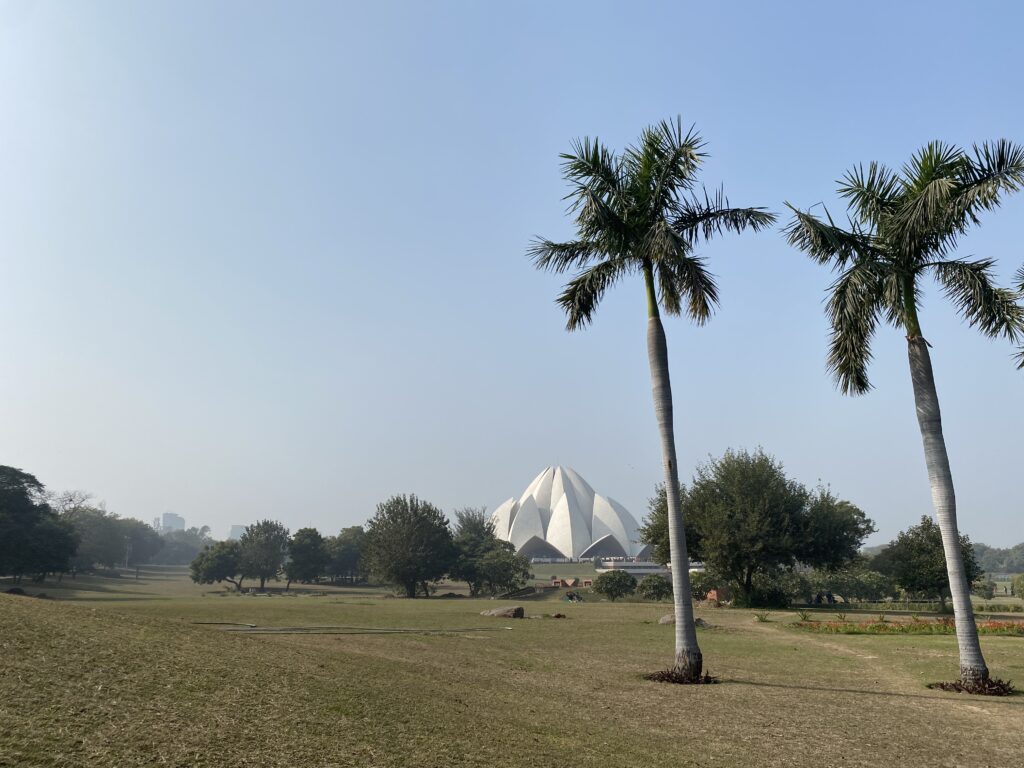
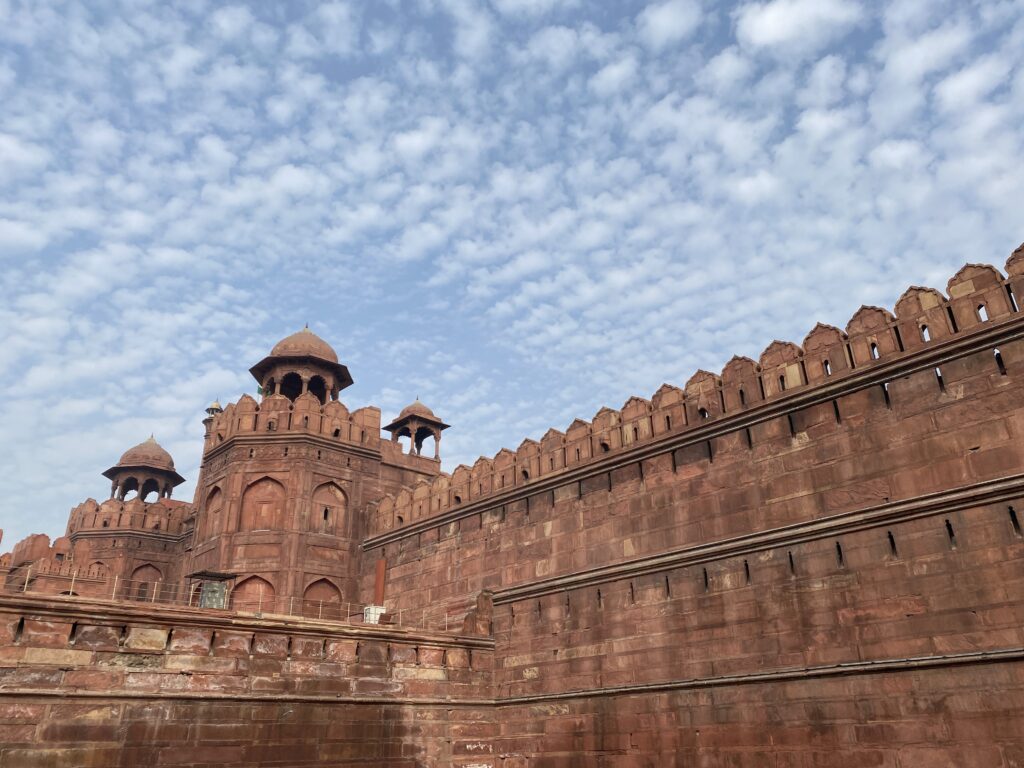
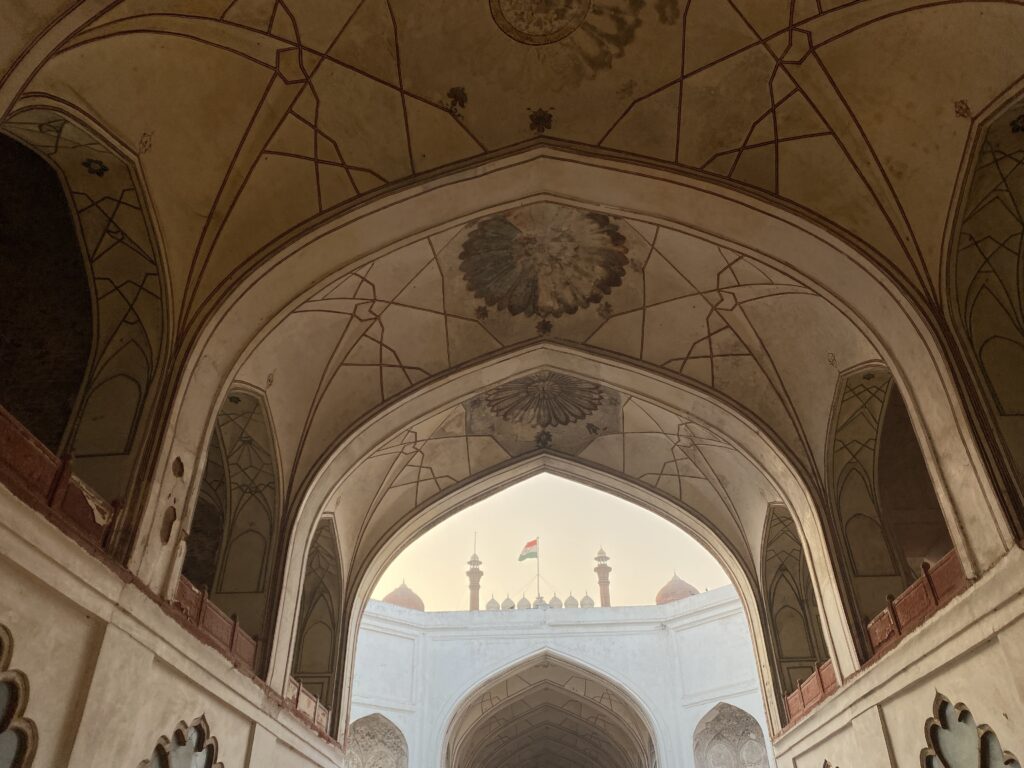
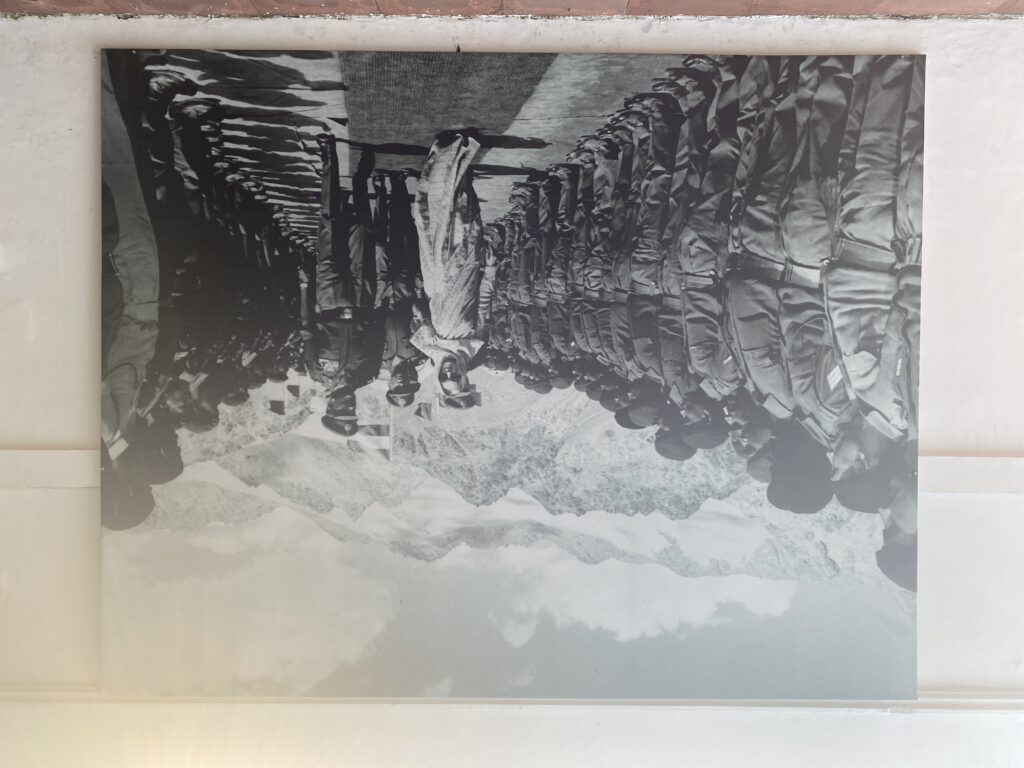
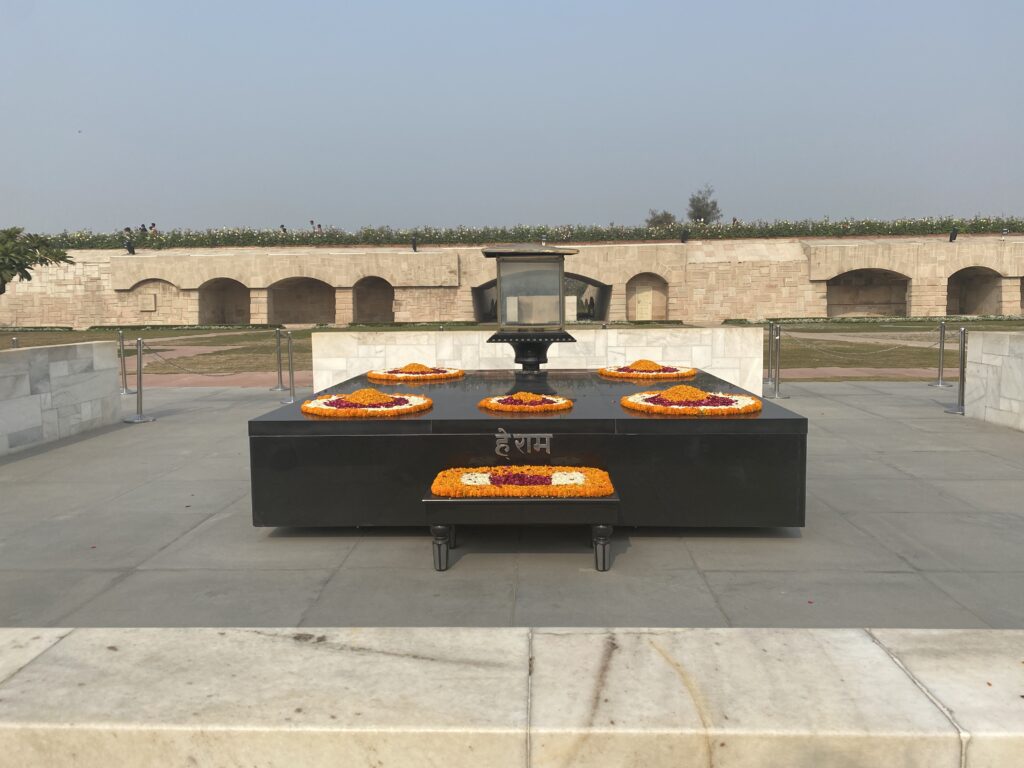
I saw roughly half of the sites I marked on the map, and a few more I wish I could have gone to are the Lodhi art district, the National Gandhi Museum, and one of the many elaborate mausoleums around the city, such as Humayun’s tomb, Isa Khan’s tomb, or Safdarjung’s tomb.
Next stop on the itinerary was a day trip to Agra, because a trip to India is not complete without seeing the Taj Mahal. In addition, Agra is only a three-hour train ride from New Delhi, so it was the obvious next stop. Besides the Taj Mahal, there is not a whole to see in Agra, so it was satisfying to check off almost everything on my list, and in a day to boot. After doing the Taj Mahal in the morning, we also went to the Taj museum, located in the Taj Mahal complex, then had lunch and went to the Agra fort and the Itmad-ud-Daula mosque. And naturally, here are some spectacular photos of one of the Seven Wonders of the World.
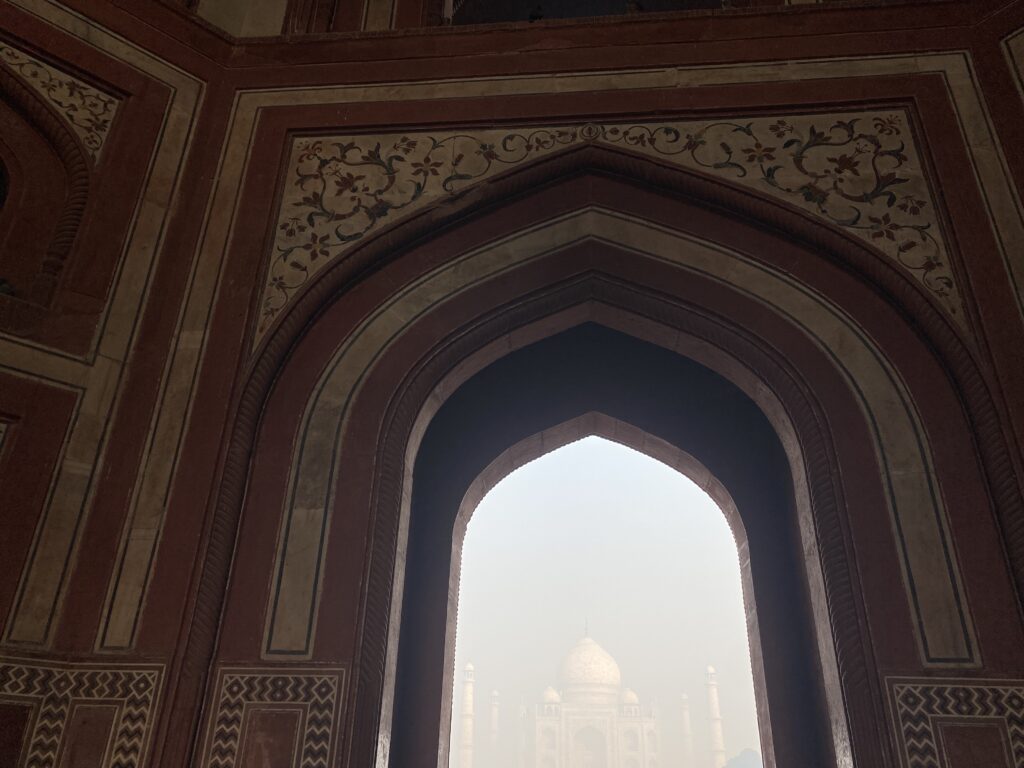
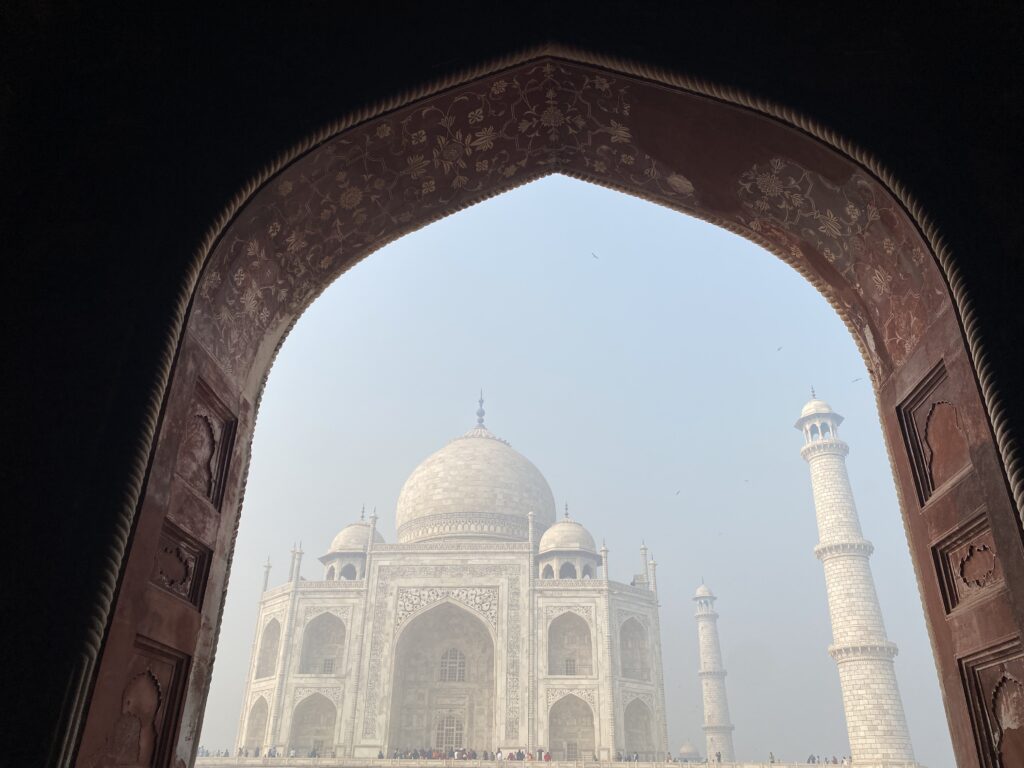
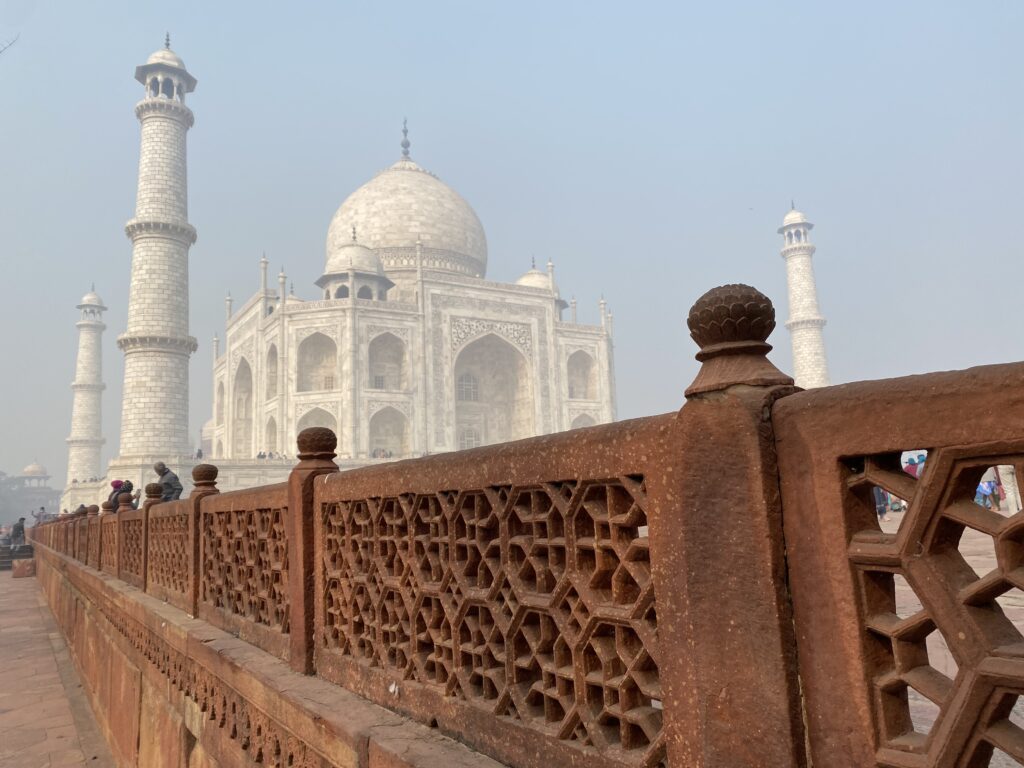
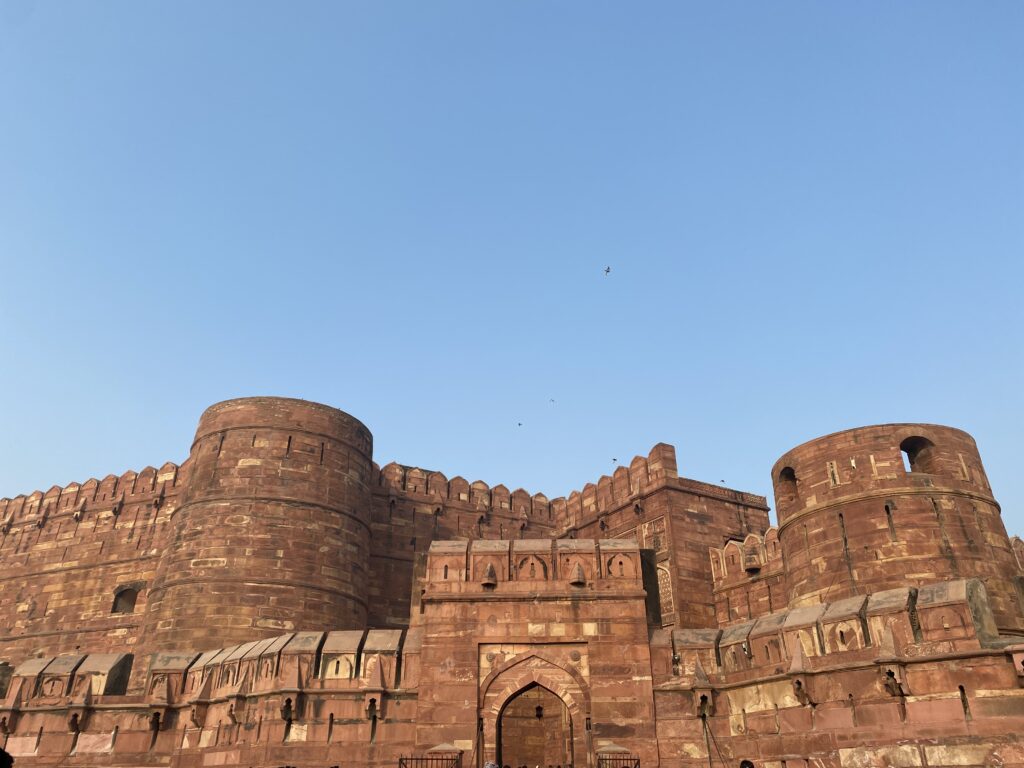

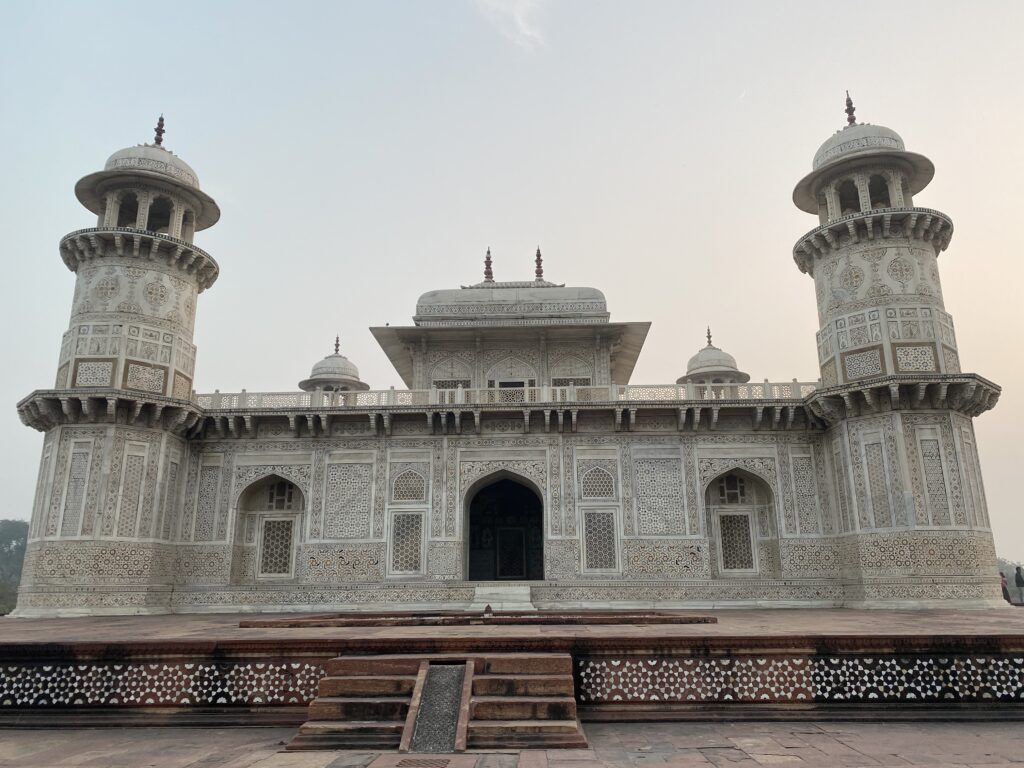
We then spent three days in Jaipur, which I was perhaps most excited to see because the Hawa Mahal has been on my list for ages. The Hawa Mahal is the distinctive red building, once a palace, it now serves as a museum right in the bustling downtown of Jaipur. That was our first stop, and we continued on to see:
• Jantar Mantar park, one of five astronomical observatories in India
• Jaipur palace
• Nahargarh fort
• Amber fort
• Albert Hall Museum
• Panna Meena ka Kund, a water storage facility that looks much cooler than that description sounds
• Bapu and Johri bazaars


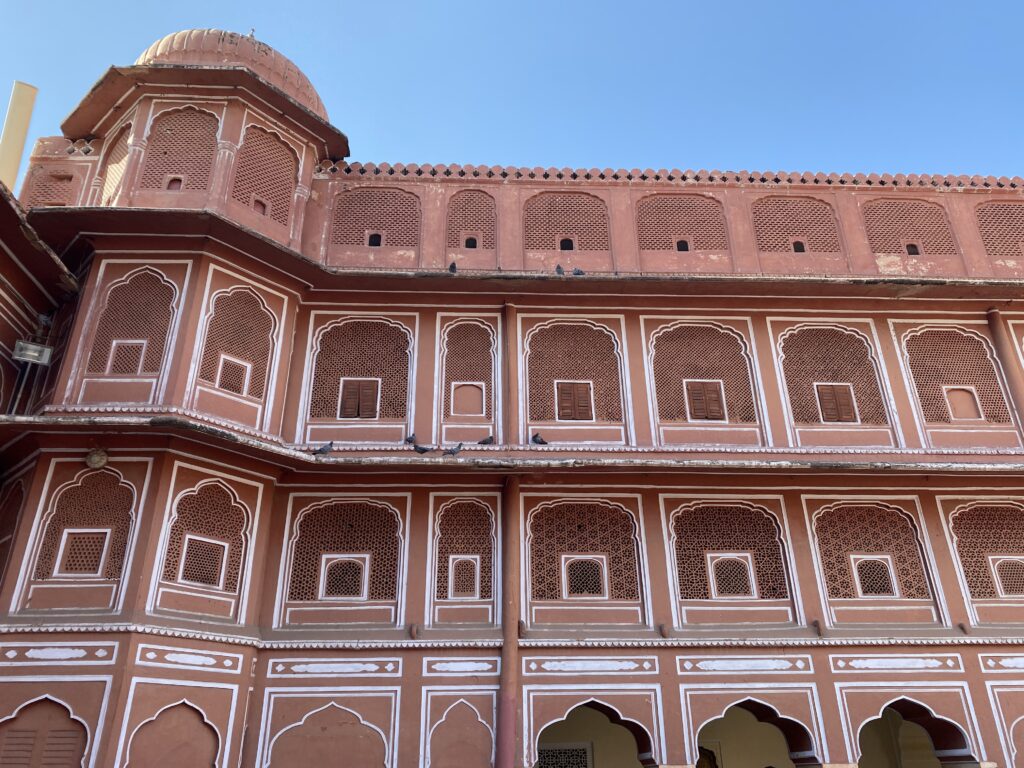

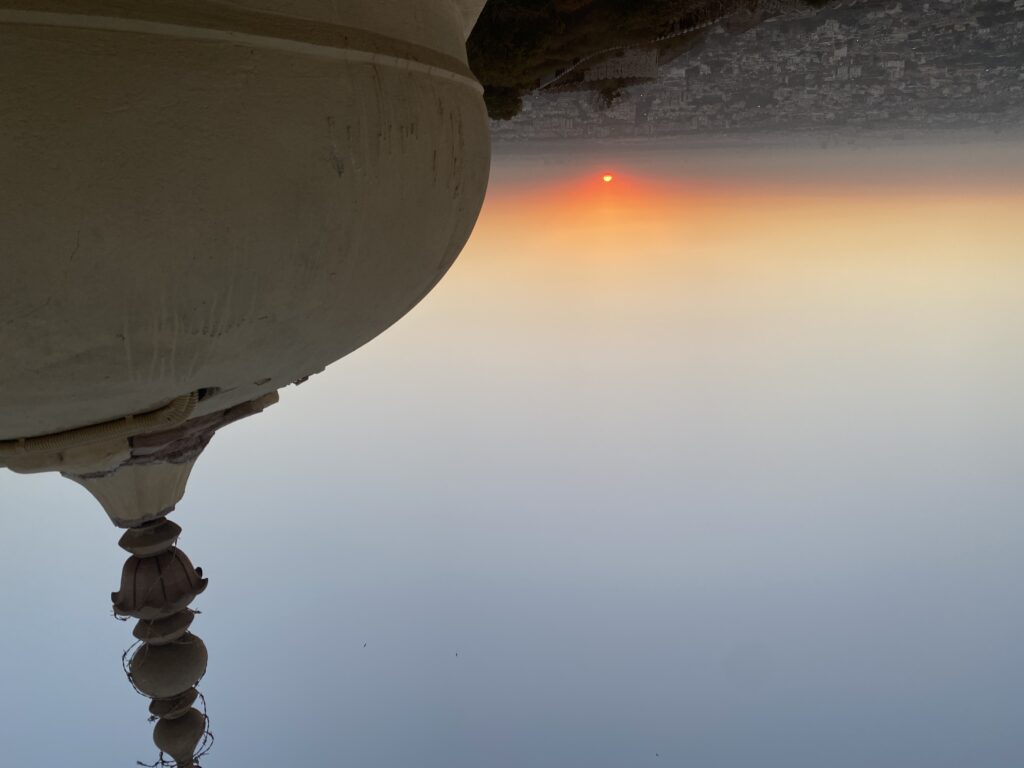

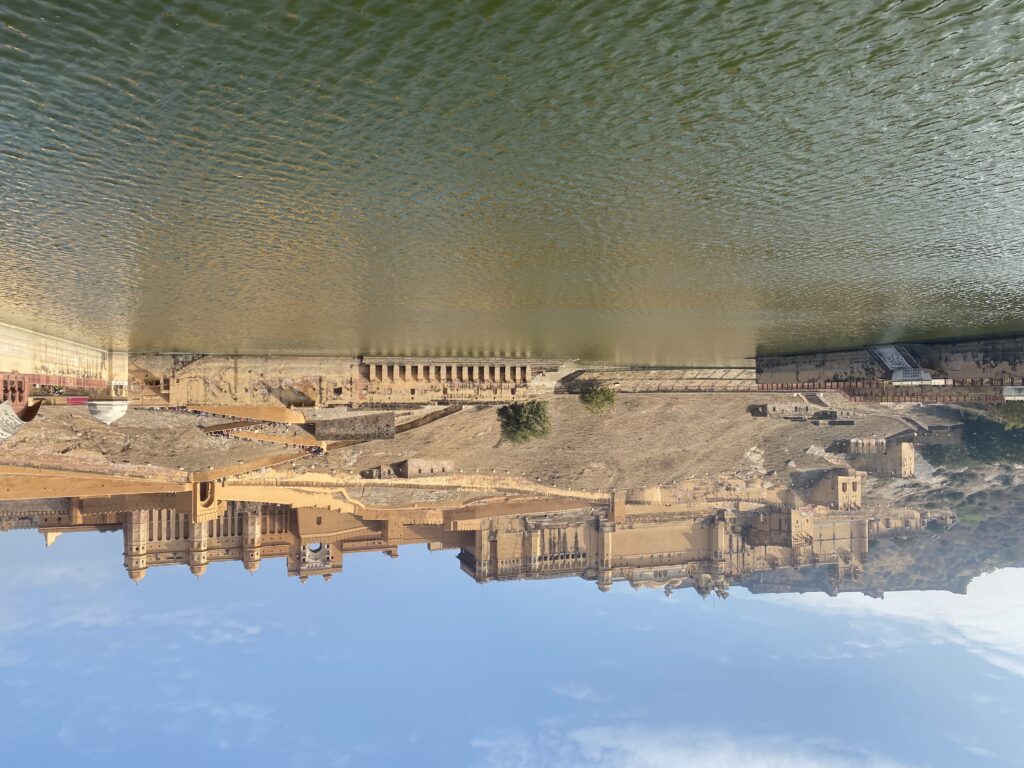

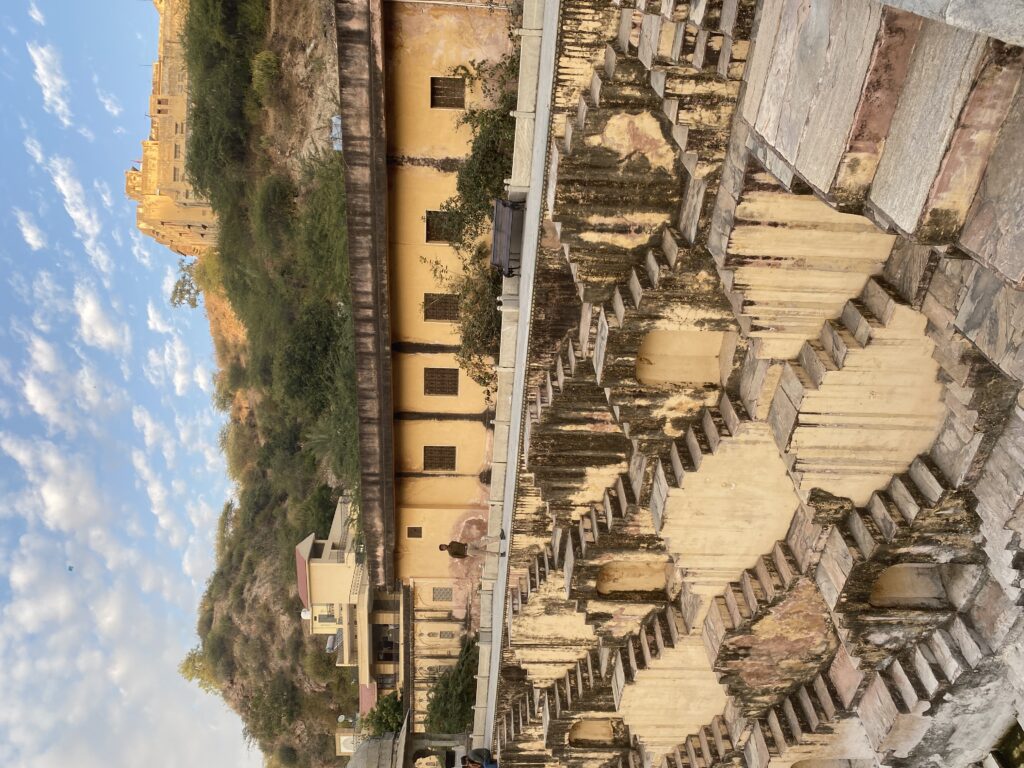

I would have also liked to see the Jaigarh Fort, as it was included in my entrance fee for the Jaipur Palace, as well as the Rambagh Palace, but there was absolutely not enough time for anything else. We were out touristing from 9a.m. to 9p.m. and the entrance lines for some of these sites were stunningly long, a trend that would continue until I arrived in Mumbai.
The last stop for my friend was Udaipur, which was our second stop in the state of Rajasthan and which literally means ‘land of kings’. Udaipur is much smaller than New Delhi or Jaipur, but there were still many, many tourists out and about. This is also where we spent New Year’s, which definitely explains the crowds, which were awful (we arrived at one place only to turn around and leave because the lines were so dreadfully long). Still, Udaipur was picturesque, surrounded by several manmade lakes that give the city its nickname, and we saw quite a bit in our three days there:
• Jagdish temple
• City Palace
• Jagmandir castle
• Bagore ki haveli museum
• Ambrai Ghat and Gangour Ghat, walking areas next to the lakes
• the Lake Palace, a luxury hotel situated on a small island in the middle of one of the lakes
• Karni Mata temple, located on top of a hill and accessible by cable car
• the Ahar Cenotaphs and museum
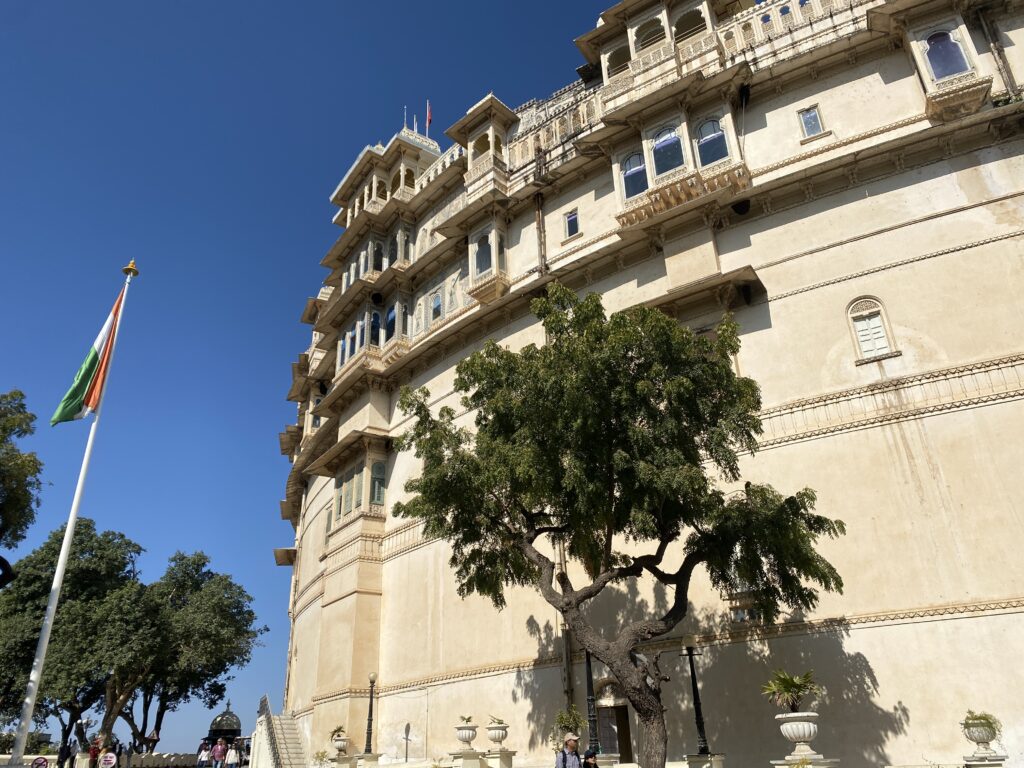

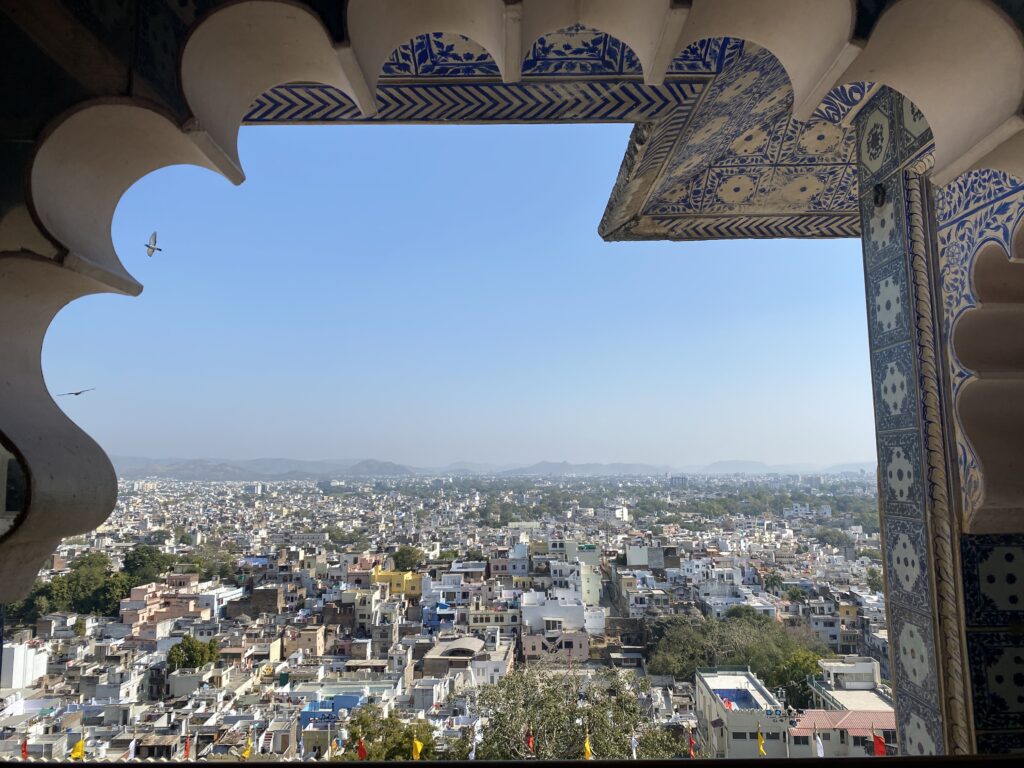

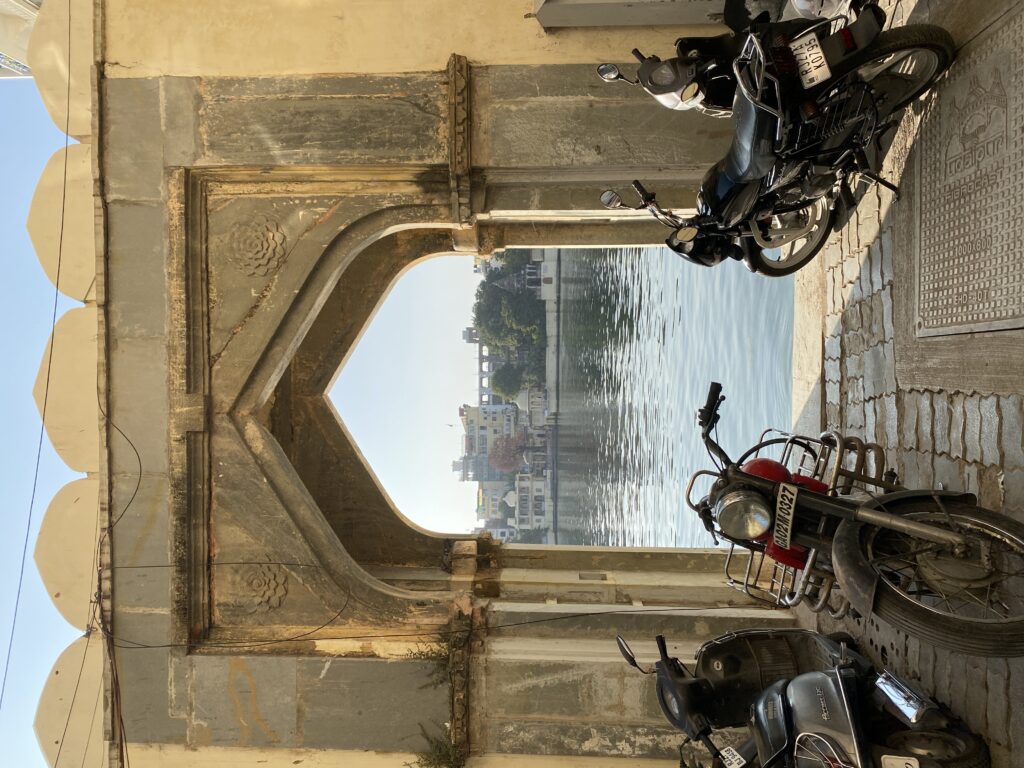
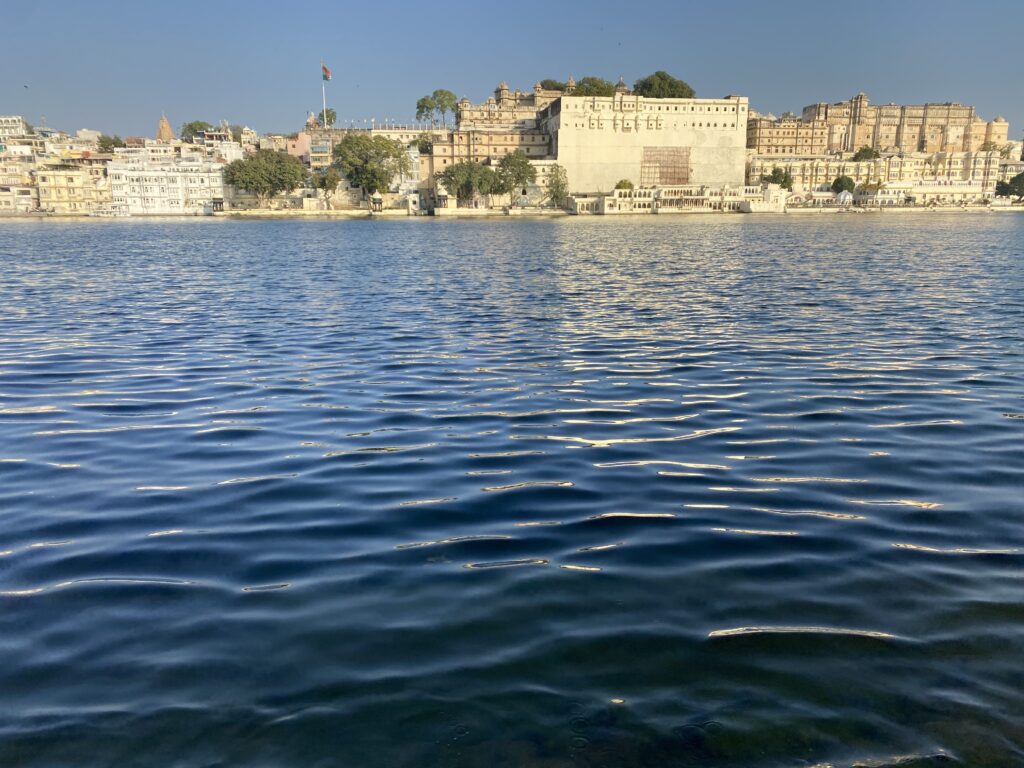


The place we ended up not going to was the Sajjangarh Monsoon Palace, also located on the top of a large hill overlooking the lakes, but there was one line for tickets and another for transport up the hill, and the wait time would have been hours long. As it was, we ended up waiting hours for the cable car to the other temple as well.
For me it was a relief for the holidays to end, if only because the lines to enter cultural sites decreased dramatically. Their end also marked the beginning of my solo time, starting in Mumbai, which is India’s biggest city population wise, clocking in at 21 million people. Mumbai’s weather was also hotter, in the low 80s, so I was careful to do less and rest more:
• Gateway of India
• Chhatrapati Shivaji Maharaj Vastu museum, which had an excellent exhibit on the women who campaigned for
women’s rights in the late 19th and early 20th centuries
• Our Lady of the Mountain Basilica
• Marine drive, a stretch of marina alongside the Arabian sea
• Jehangir art gallery
• Mani Bhavan Gandhi, one of the places Gandhi lived which is now a museum dedicated to his life
• Bandra fort
• Elephanta island, an island that has seven caves with sculptures and carvings, a proper day trip in and of
itself


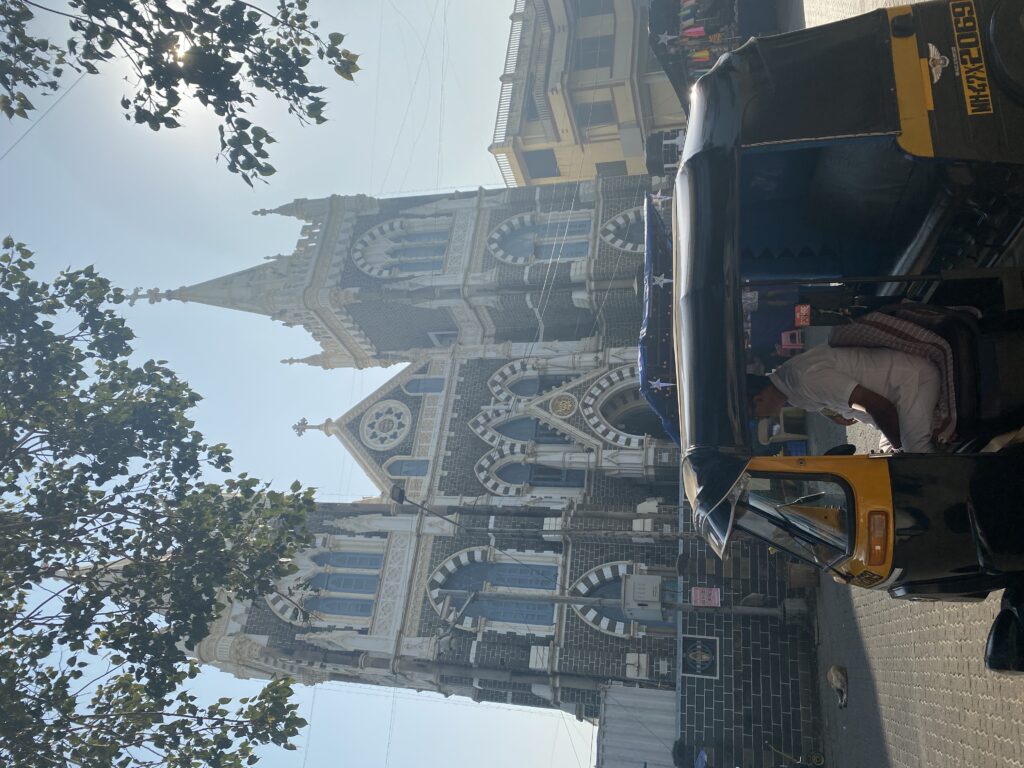
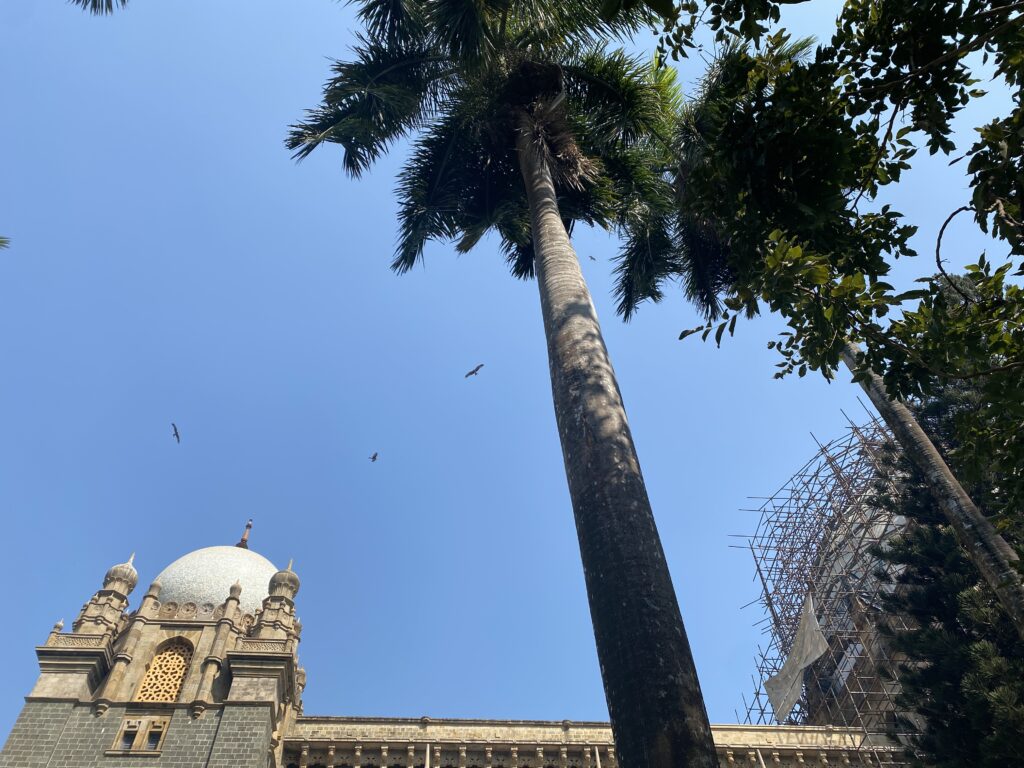
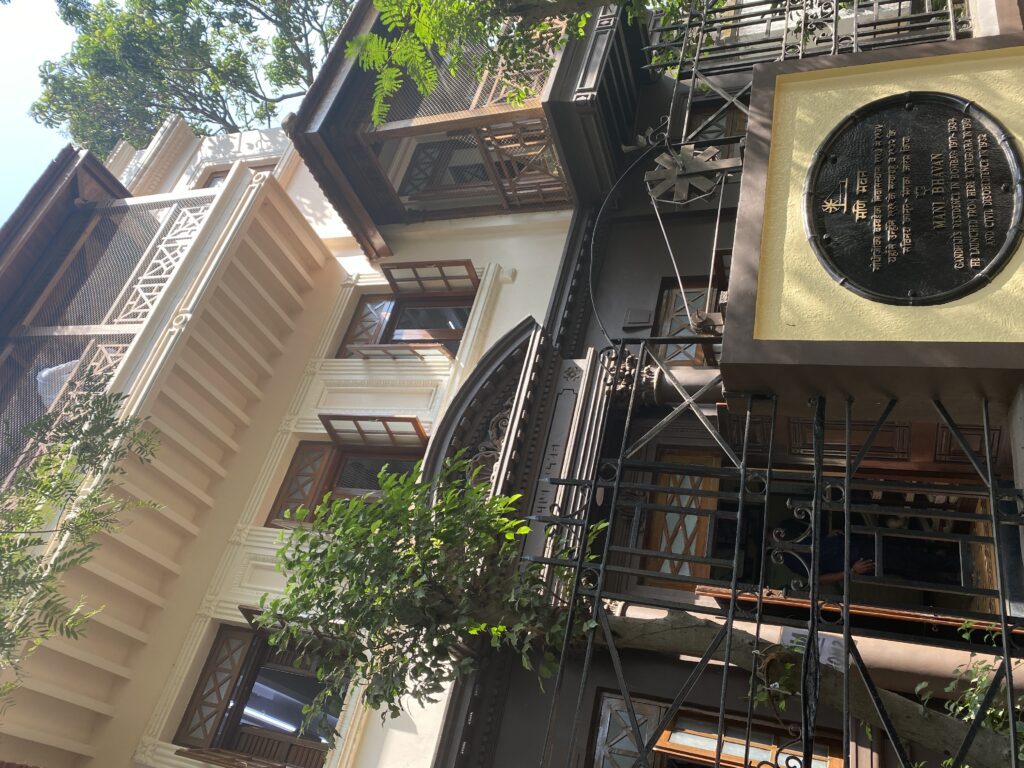

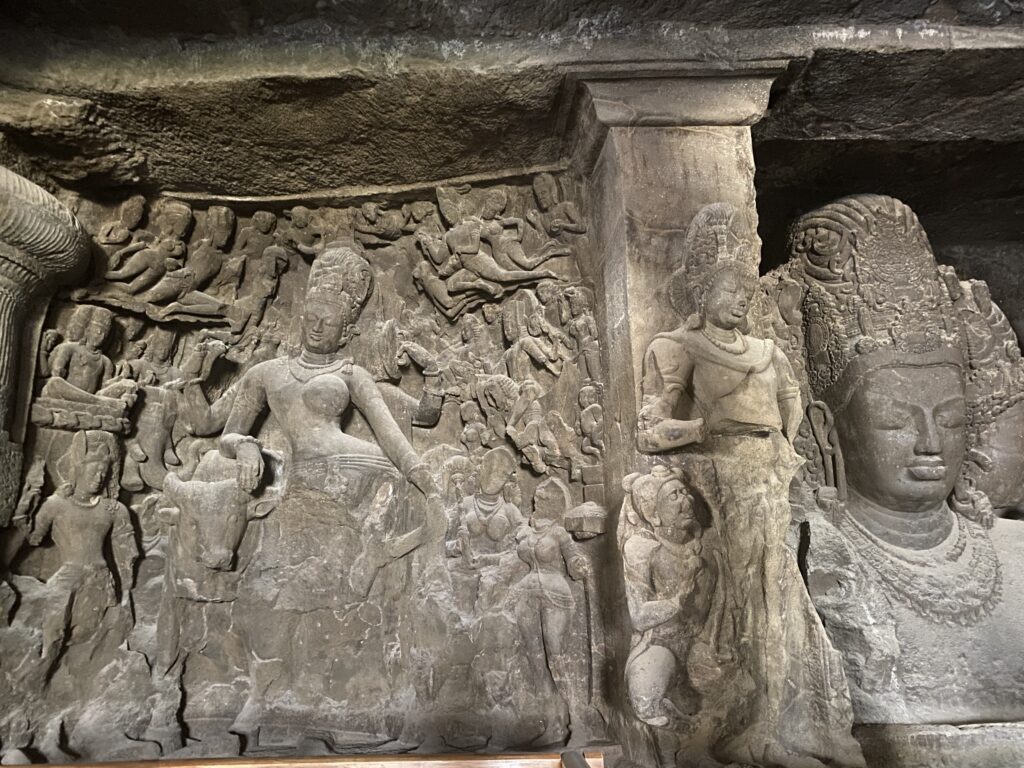
There are caves all around Mumbai, and I wish I could have seen more of them, such as the Kanheri caves or the Mahakali caves, as well as Haji Ali Dargah mosque and the hanging gardens.
At this point in my trip, I was in major need of some rest, and my next stop, Goa province, gave me just that. Goa province is famous for its beaches and partying, with north Goa being the party hotspot and south Goa having a more relaxing vibe. I stayed near Vasco da Gama in the south, and yes, it is named for the Portuguese conquistador. Portugal colonized this part of India and it was evident in the architecture, especially of the churches. Admittedly, I did not do much in the 2.5 days there, as most of my time was spent at the beach. But I did do a mini tour one morning, and visited São Jacinto island and the Three Kings chapel before heading back to the beach for some much needed swimming time.

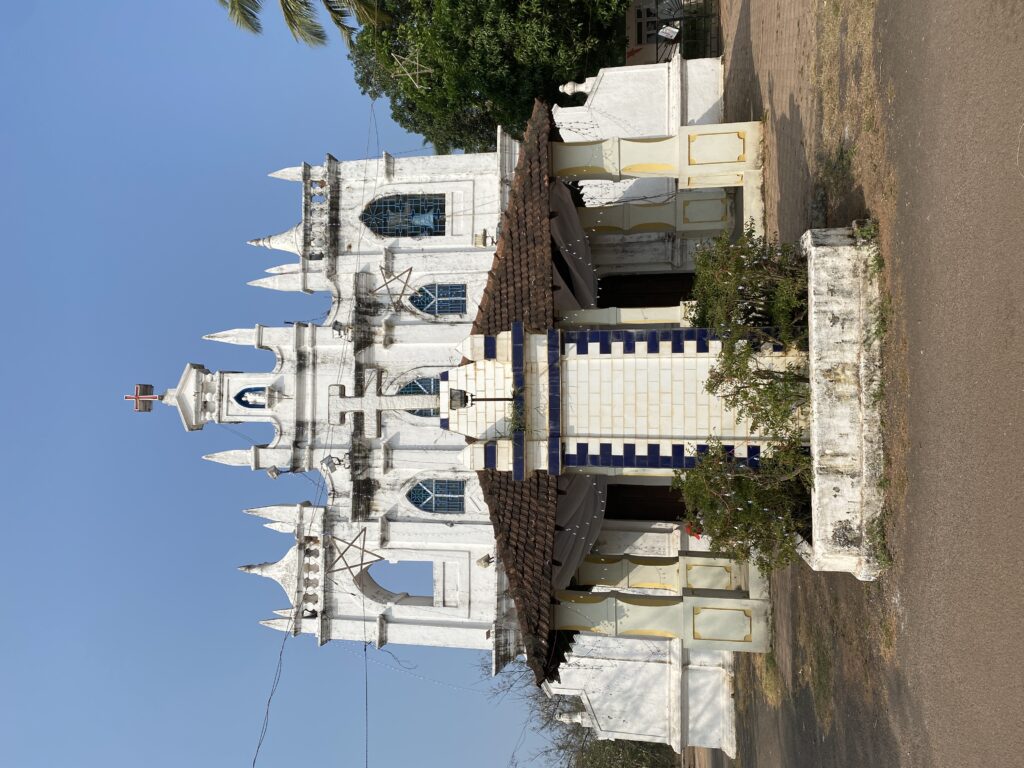
My final stop was in Bengaluru, in south-central India, known for its traffic and its cafés. I let myself fully relax here, going to a touristic site and then a café, and vice versa!
• National Gallery of Modern Art
• Bull temple
• Tipu Sultan’s Summer Palace
• Karanataka Chitrakala Parishath art gallery
• Bangalore fort
• Venkatappa art gallery
• Cafés: Barista café, Glen’s Bakehouse, Matteo Coffea, Third Wave coffee, Tea Villa Café Jayanagar, 154
Breakfast Club



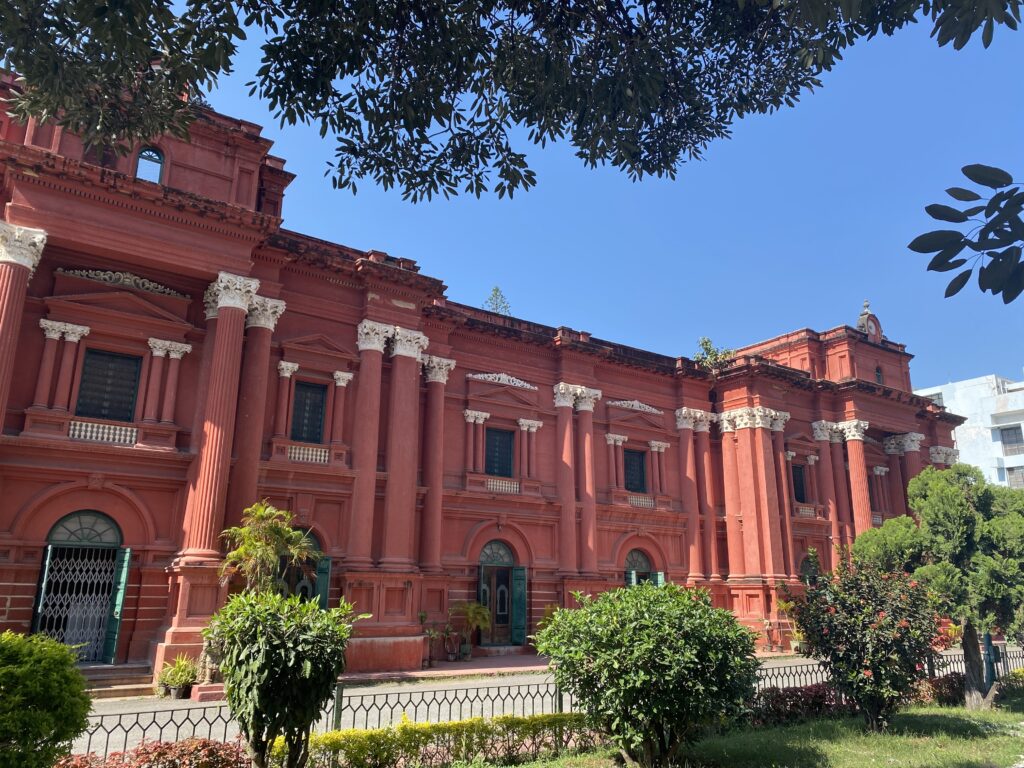
Some places I wish I would have gone: Cave temple, Radna Krishna Temple ISKCON, and Ragigudda Sri Prasanna AnJaneyaswamy temple. To be honest, Bengaluru might just have been my favorite out of all the places I went, mainly because of the permission I gave myself to café hop in between cultural sites. So, it’s all about balance. I am very much the type of traveler that likes to see and do everything possible, and I knew before I even got on the plane that that strategy is just not possible in a country like India, so I tried my best to relax and accept however much or however little I ended up doing, which I think is a good strategy for life in general to be honest 😉
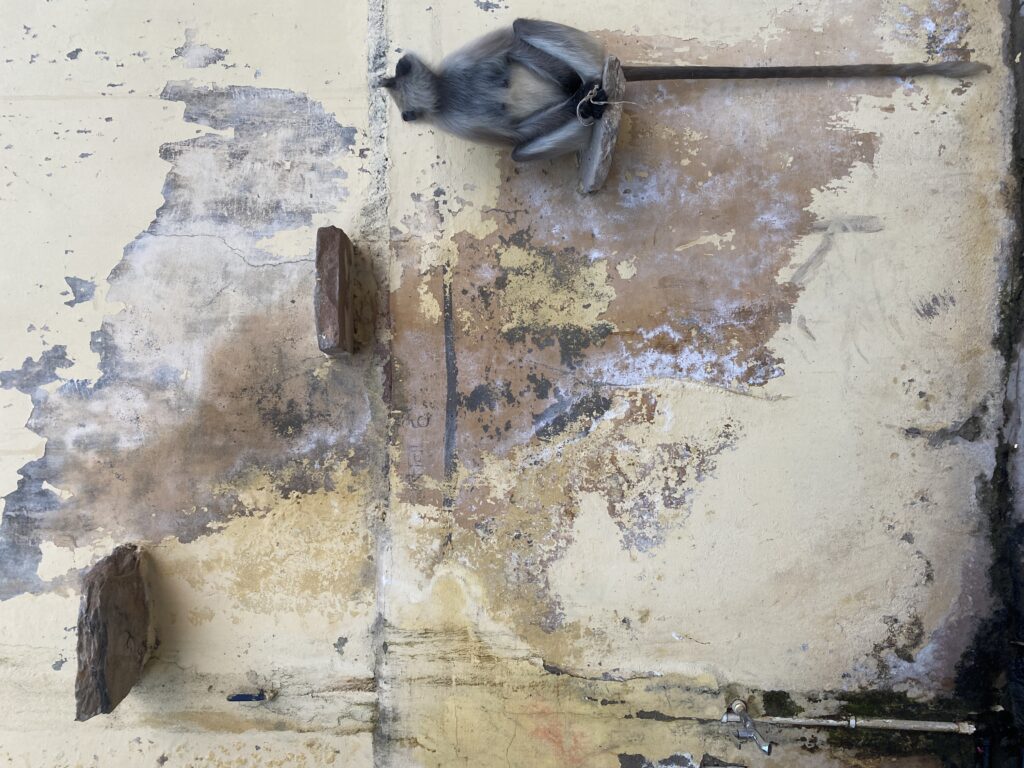
All of this, and I haven’t even mentioned the food! This is mainly because when I was with my friend, he did all the ordering, and sadly I am not put together enough to have written down the names of everything I tried. I will say that my favorite thing I tried was maggi, a Ramen-like noodle with veggies that is eaten for breakfast. The Thai and Chinese food options were also amazing, and I ended up eating a lot of that once my stomach stopped accepting spicy food…
All in all, although India was exhausting, it was definitely worth it. However, if you know me, you know I say this about every place I travel to so you shouldn’t just take my word for it, you should go too 😉 And go for as long as possible—I feel like I only scratched the surface of all there is to see, and I was there for three (very short) weeks.
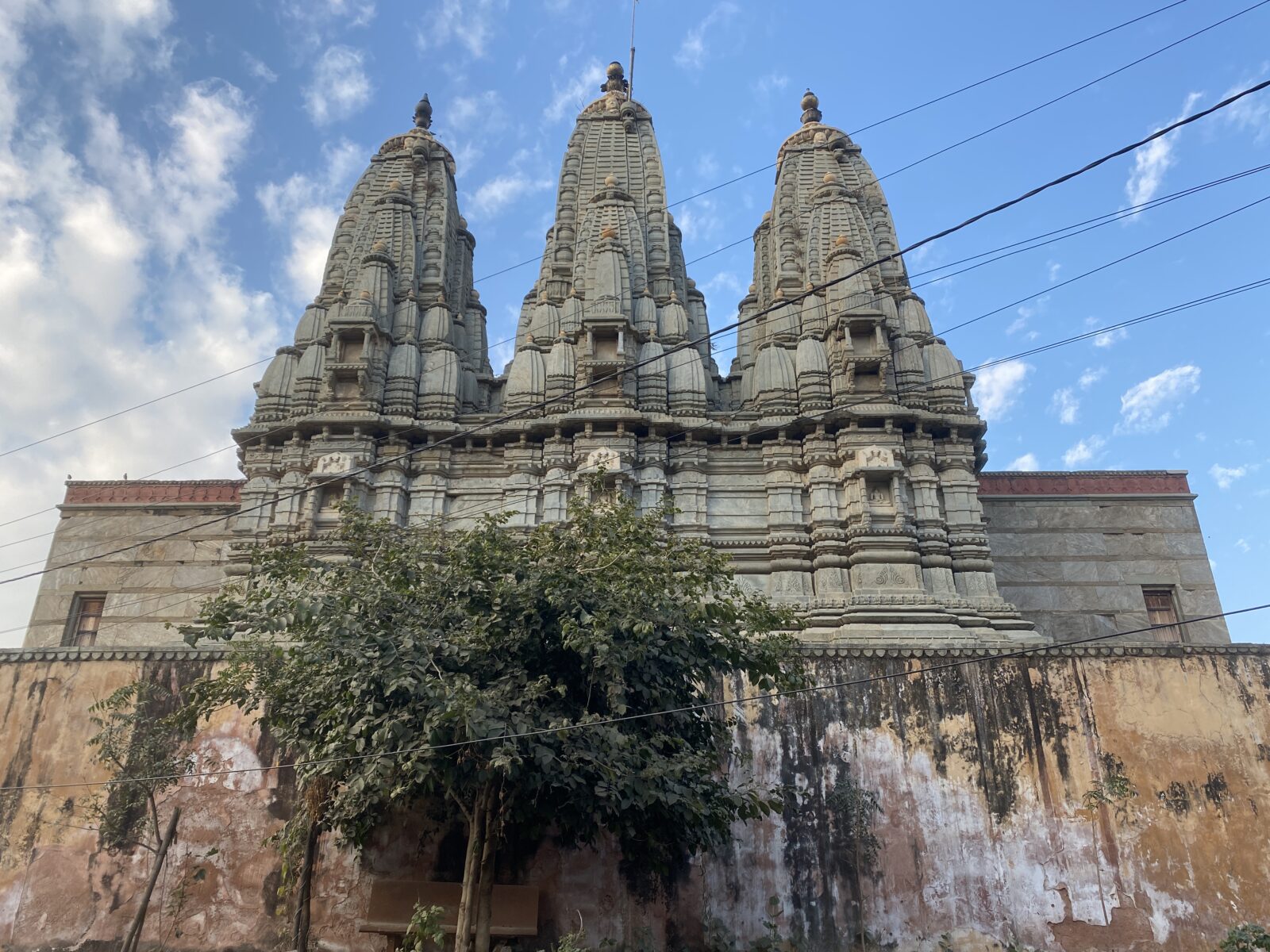

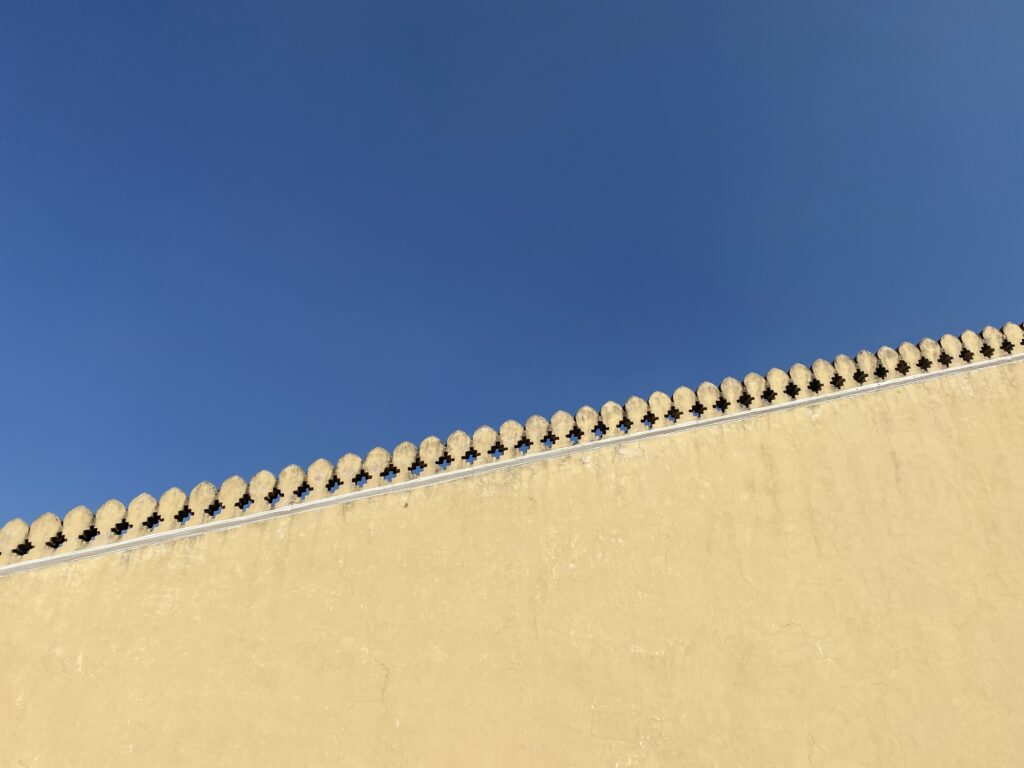
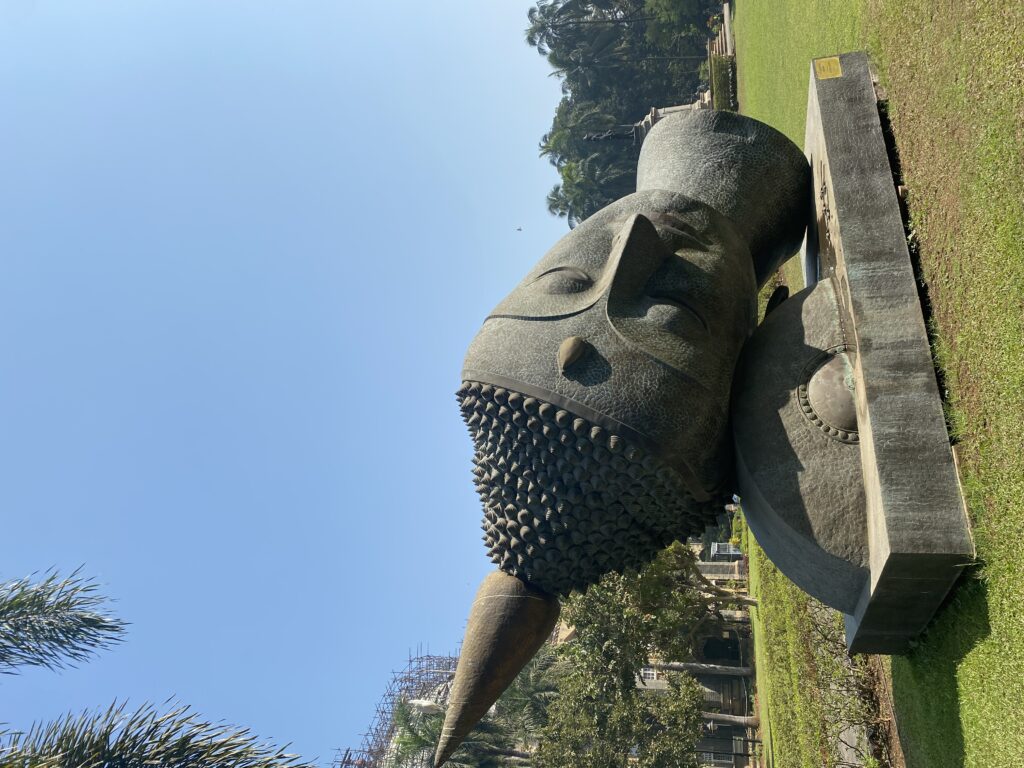

I REALLY love to read your travellings!
Thank you 🙂 🙂